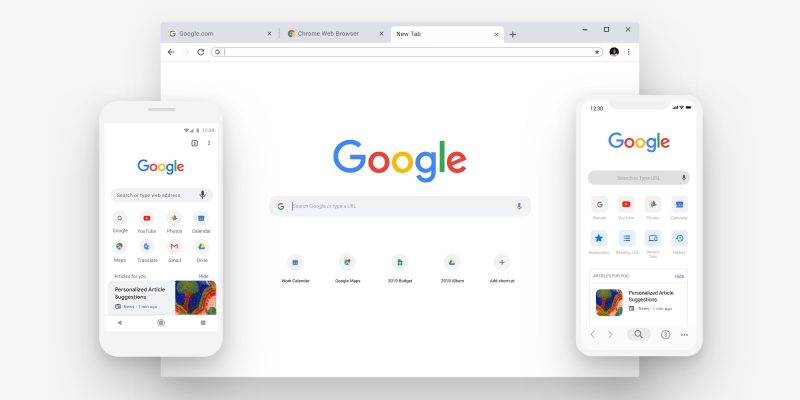Nobody likes ads that choke their browser and slows their webpage to a crawl. Well, someone is listening. Google announced in May that it would start blocking “heavy” ads in Chrome. It launched in late August with Chrome 84 and is now very effective. Take for instance what happened to this Times Writer.
Google is Blocking Heavy Ads
On Wednesday, an interested Times reader, Aron Pilhofer, decided to visit the NYTimes.com homepage. For those who don’t follow browser policy, that is a screenshot of Google Chrome blocking the ad the Times sold.
“This ad used too many resources for your device, so Chrome removed it.”
First time I’ve seen this. pic.twitter.com/nY21Ty3RnK
— Aron Pilhofer (@pilhofer) December 2, 2020
Honestly, as a reader, I would rather have a functional webpage with a grey box on it than a non-functional one with an ad. However, on the other side of things, it’s also likely that the Times doesn’t know why Google blocked this particular ad either.
Whether or not an ad is too “heavy” is a decision made algorithmically by an individual installation of Chrome. It’s dependent on what’s happening in that browser at that moment, including how much of the device’s CPU it’s using.
In other words, the same ad might be fine in a fresh Chrome install on a brand new MacBook Pro. Similarly, it can be “heavy” on an old Lenovo with 872 Chrome tabs open and two dozen extensions.
Despite its tiny impact on the vast majority of publishers, it seems like a case of Google abusing its market power. Google is the largest seller of advertising in the world; it also controls the most popular browser in the world, Chrome.
It’s one thing for a user to decide to block ads; it’s another for Google to do it.






Comments